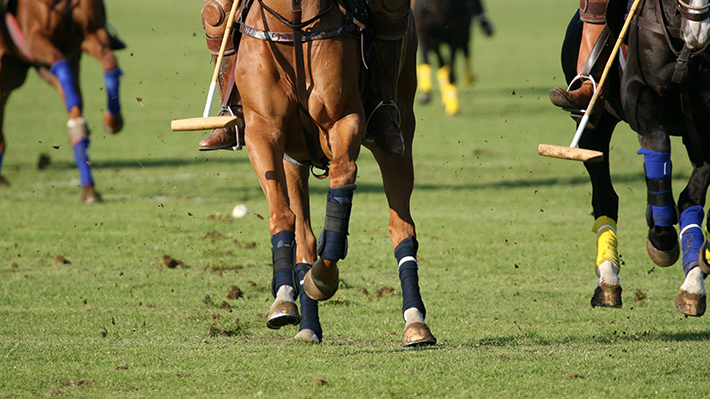
Equestrian Standards Gallop Ahead
Standards support the safety and well-being of equestrians, and ASTM International’s committee on sports equipment, playing surfaces, and facilities (F08) is dedicated to developing them. The committee oversees standards for body protectors, helmets, racing reins, and padding for horseback riding and horse sports surfaces.
Now, three proposed standards are taking a different approach to participant safety: The drafts focus on making horse racing and arena surfaces safer. And they are underway in the subcommittee on equestrian surfaces (F08.28).
First, the method for in-situ testing of the functional properties of equine arena artificial surfaces (WK68388) covers how to measure the functional properties of such surfaces, including cushioning, impact, firmness, responsiveness, and uniformity. The draft includes a track field test with a tester that replicates the force of a horse’s hoof as it makes contact with the riding surface, allowing experts to check track safety and functionality without endangering jockeys or horses.
RELATED: Horses, Helmets, and Dogs
The test for wax binder removal from equestrian synthetic track surfaces (WK68389) describes a method that allows for monitoring synthetic track binders as the binders diminish and change over time. As wax binders are a key component of synthetic surfaces that can affect track properties and resulting performance, the goal of this standard is to help maintain more consistent riding surfaces for competitors. This approach can result in a safer, more predictable environment.
And the test for water holding capacity (WK68390) is a method to report the amount of water that is retained in a saturated equine racing surface sample. The standard will help professionals determine if the track is draining sufficiently after wet weather conditions, or if it is prone to water collection. A properly draining track will provide for a more solid, consistent surface.
John W. Bridge, Ph.D., P.E., associate professor of mechanical engineering at the University of Washington, Bothell, is involved in the equestrian surfaces standards work. “In activities as intense and fast-paced as equine sports, racing surface reliability is crucial,” he says. “All three of these standards aim to improve the safety and reliability of equine track surfaces. They will benefit all stakeholders: track superintendents, owners, trainers, jockeys, horses, bettors, and more.”
Helmet Standards Matter
Polo athlete Aubrey McVaney of the County Line Polo Club in Kyle, Texas, has been riding horses her whole life. She suffered a severe concussion when she fell off her horse two years ago and was trampled by the horse behind her. Luckily, the helmet she was wearing protected her head and prevented the injury from being much worse.
McVaney is grateful that her club follows ASTM International standards by requiring that riders wear approved helmets (meeting the specification for protective headgear used in horse sports and horseback riding, F1163).
“There is no way to prevent injuries altogether in sports, especially in polo,” McVaney says. “However, safety standards have the ability to reduce the likelihood and severity of injuries in equine sports.”
Kaila Mathis served as the 2019 summer intern for the ASTM International communications department.
 SN Home
SN Home Archive
Archive Advertisers
Advertisers Masthead
Masthead RateCard
RateCard Subscribe
Subscribe Email Editor
Email Editor